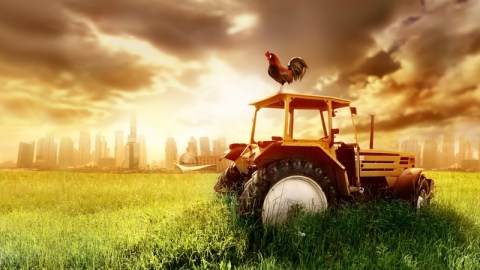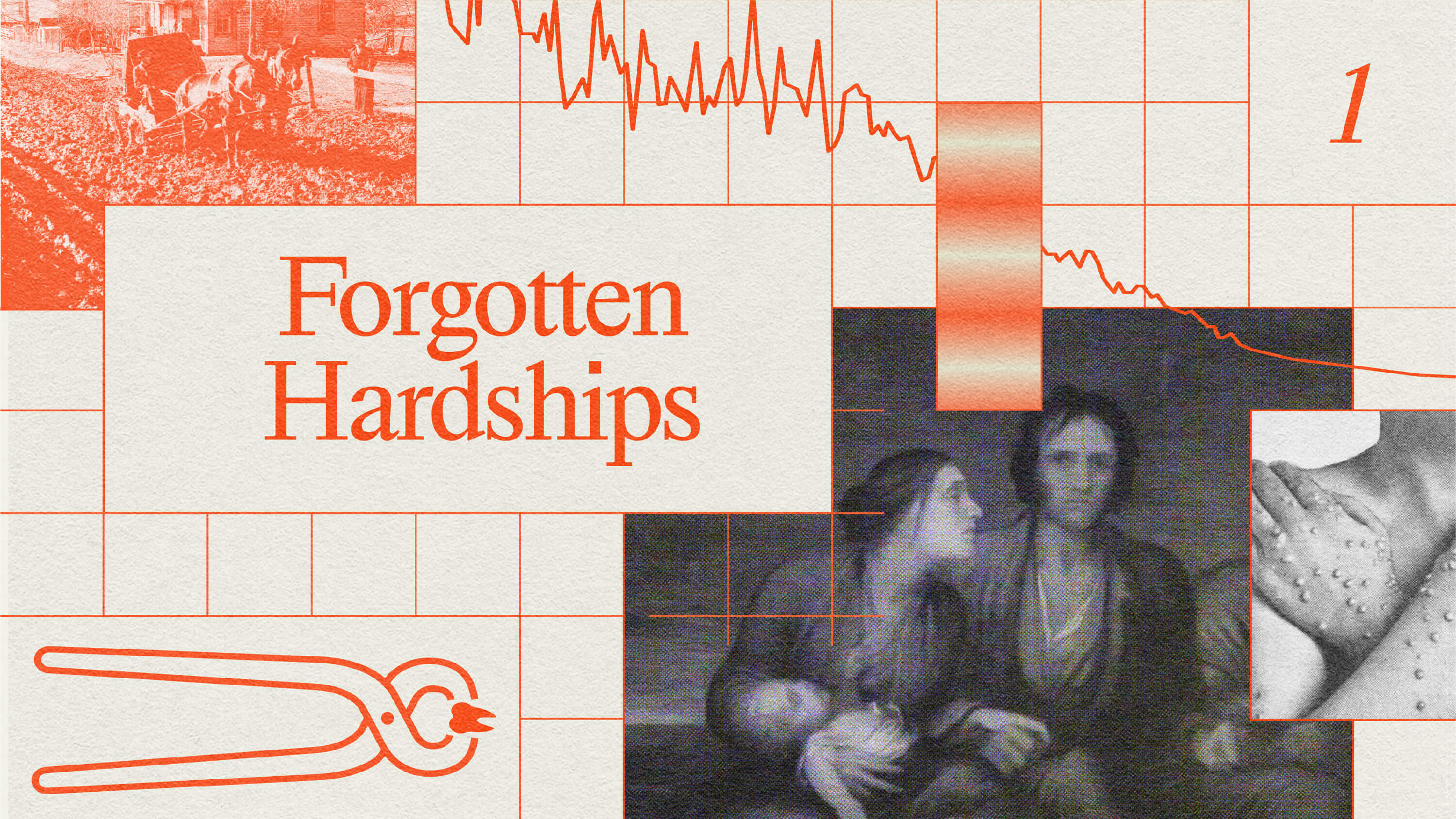When Robots Run Our Nation’s Farms

A new generation of robot drones is revolutionizing the way we farm in America, with Kinze Manufacturing and Jaybridge Robotics recently announcing the first-ever robot drone tractor capable of farming without the need for a human operator. Video clips are already circulating online of the Kinze tractor, gracefully coordinating its harvest dance with other autonomous machines. Once this robot drone tractor becomes part of the agricultural mainstream, robots will decide where to plant, when to harvest and how to choose the best route for crisscrossing the farmland. Humans, except perhaps as neutral trouble-shooters, will be all but unneeded. So what does it mean when robots run our nation’s farms?
As Ian Berry of the Wall Street Journal points out, farmers in America’s heartland are embracing these robot drones for their ability to dramatically increase the efficiency and productivity of any farming venture. The robotic tractors and robotic harvesters are just the latest “autonomous” innovations that are changing the face of farming. Farmers already rely heavily on smartphones, RFID-embedded pallets, and precise, satellite-guided systems — and that’s even more true for giant agricultural ventures, where knowing when and where to plant can lead to significant improvements in total crop yield. As the USA Today suggests, it’s best to think of these new robotic farming machines the same way we think of Roomba for vacuums — but with more at stake for everyday Americans.
The flip side of increasingly efficient robotic farming is that we risk becoming further disassociated from our food. The whole point of the locavore movement, right, was to bring us closer in touch with local food and its provenance? The whole point of the organic movement was to make our food somehow more “natural.” In an era where each of us wants to know exactly where our “line-caught” fish and “pasture-raised” beef came from, are we really going to settle for the answer: “Robot Drone #42?” If no pesticides were used, no growth hormones used, is it still OK to refer to the food as “organic,” even if it’s been harvested by a robot?
The good news is that the relentless automation of farming does not need to come at the exclusion of the organic farming movement. There are numerous examples of small farming collectives embracing the new technologies. The growBot Garden project, coordinated with the support of Georgia Tech and Atlanta’s independent food community, for example, has helped to push the boundaries of how we think about robotic farming and sensors for organic farming. The leaders of the growBot Garden project, in fact, have emphasized that organic farming does not need to be anti-technology. Robots do not necessarily mean less nutritious food.
At a time when there is a relentless trend toward the automation of agriculture, it’s clear that robotic innovations can help farmers to yield more food from the land. They will change the way we eat, and how we think about food. It’s always been a truism that a nation that can feed itself has less of a food security risk than a nation that can not. (Even if the farm robots are foreign-built robots – like those from the Dutch company Case IH) The idea of the American breadbasket being controlled by robots may once have seemed like science fiction: giant hover crafts, predator bots to devour pest organisms and metallic robo-workers. That vision assumed that corporate agribusiness interests would run the whole show. However, is it possible that these robots instead can equally serve the interests of local, small-scale agriculture?





